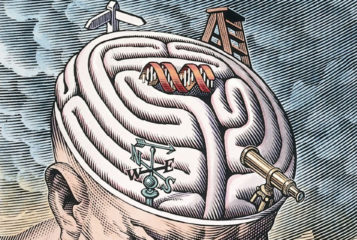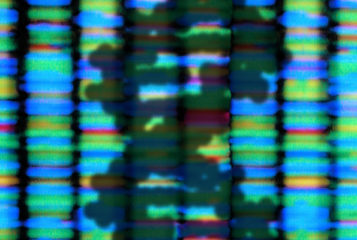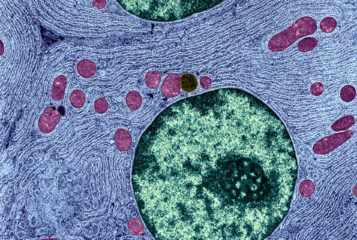The ethics of preimplantation genetic testing using polygenic scores
Academics from Oxford University discuss the ethics surrounding preimplantation genetic screening tests, including the use of polygenic risk scores...
Genetic information located within mitochondria, the cell's energy generators, rather than in the nucleus. Mitochondrial DNA is inherited solely through the maternal line, as sperm contribute no mitochondria to the fertilised egg.

by Dr Helena Carley and 4 others
Academics from Oxford University discuss the ethics surrounding preimplantation genetic screening tests, including the use of polygenic risk scores...

Alcohol's effect on sperm DNA has been shown to persist for at least one month after stopping exposure, in mice...

by Jake Knox
Although sperm cells do contain some mitochondria, scientists have found that these mitochondria do not contain intact mitochondrial DNA...

A new test detects mitochondrial DNA damage in blood cells collected from patients with Parkinson's disease...

Mitochondrial genes in the heart, kidney, liver and lymph nodes are downregulated following COVID-19, findings in humans and mice have shown...

Luke Steventon reviews a radio programme about mitochondria, which are described as producing energy production levels of '30 million volts per metre – like a bolt of lightning'...

The birth of the first UK child(ren) with donated mitochondria has been confirmed by the Human Fertilisation and Embryology Authority...

An innovative therapy aiming to treat mitochondrial disease has shown encouraging results in six children...

Transfer of mitochondrial DNA into the nuclear genome occurs in one in every 4000 births...

Mechanisms directly linking mitochondrial dysfunction to the shortening of telomeres have been discovered, alongside a novel optogenetic technique, which uses light to restore normal function to the mitochondria...
BioNews, published by the Progress Educational Trust (PET), provides news and comment on genetics, assisted conception, embryo/stem cell research and related areas.

